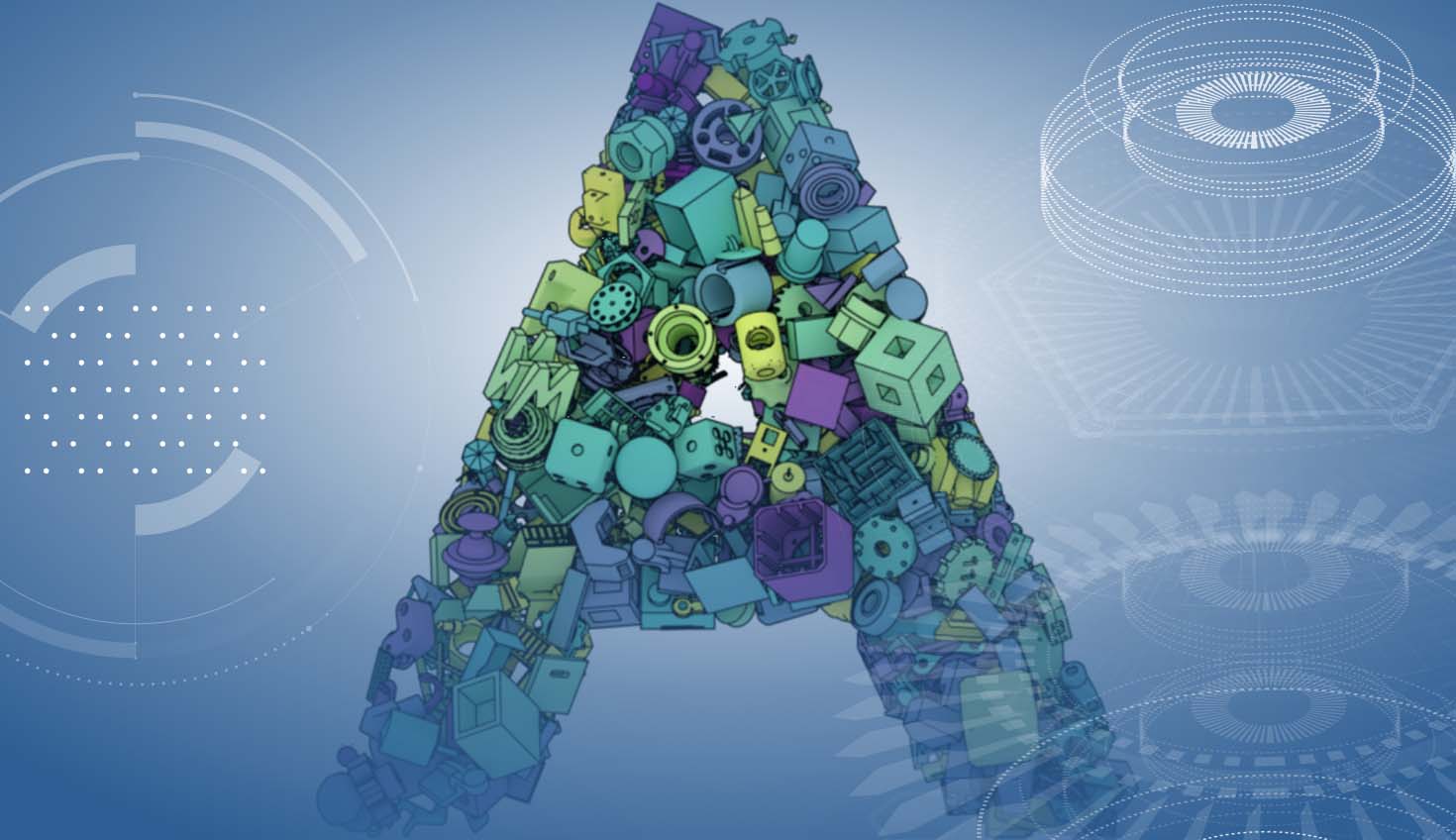Many of the ideas that make up today’s CAD systems were developed through pioneering research at universities. The boundary representation, for example, was developed at the University of Cambridge, building on prior ideas for polyhedral representations and algebraic topology. Constraint solving and feature-based modeling also came out of university research. Closer to home, Onshape (and SOLIDWORKS) founder Jon Hirschtick worked at the MIT CAD lab early in his career.
Over the last 20 years, however, most innovation in CAD has shifted into industry. Today, there is not enough high-quality, relevant CAD research happening in academia. This leads to stagnation, because companies don’t look as far into the future as universities do. There are several reasons for the shift away from university research. Among them is the closed nature of many CAD companies and their failure to work effectively with the academic community.
Whatever the cause, the Onshape team believes that engaging with and supporting the academic community is necessary for the overall health of the CAD world. While our generous educational plan has enabled numerous students and researchers to use Onshape for their designs, we have also engaged with some researchers directly. For instance, Onshape has helped MIT and Columbia researchers develop a great method for interpolating simulation results over parametric space [1].
If you have a hammer handle of a given length and width, by running a small number of analysis simulations and using their method, analysis results will be instantly available for every possible length and width of the handle. Instead of waiting for a simulation for every variation, the analysis of the entire design space can be available at your fingertips.
Onshape Data for Machine Learning
The recent spectacular success of techniques based on machine learning (“deep learning”) has transformed a number of industries and is an active area of research. Because of this success, phones can reliably recognize your voice and do a better job than ever translating to or from another language. Cars can monitor their surroundings and automatically steer or brake to help drivers avoid accidents. Researchers are also applying machine learning to geometry processing.
The lifeblood of machine learning is training data: Insufficient training data makes it easy to fall into the trap of overfitting and erroneous conclusions. And so we’re proud to have helped an international team of researchers from Germany (Technische Universität Berlin), Russia (Skolkovo Institute of Science and Technology), and the U.S. (New York University) build – and share with the research community – a dataset of parametric CAD models using Onshape’s Public Documents repository. This team is presenting their work, “ABC: A Big CAD Model Dataset For Geometric Deep Learning” [2] at CVPR 2019, the foremost computer vision conference for academic and industry researchers.
As an example application of this dataset, the team analyzed a number of recent geometric machine learning methods, with surprising results. For computing mesh vertex normals, the simple, well-known geometric algorithm works much better than recently published machine learning methods in most cases. So the algorithms many researchers thought were better are actually worse! Without access to a large dataset, this conclusion was out of reach.
Moving Forward
Prior to joining the Onshape team, I worked as a computer graphics researcher at MIT and Disney Research, so I deeply appreciate the importance of close collaboration between industry and academia. Without it, companies stagnate and academic research drifts off into irrelevance.
We are starting to take steps toward restoring this bilateral collaboration in the CAD world and are looking forward to continuing on this path. I would like the next big ideas in CAD to be developed by a collaboration between Onshape R&D and university researchers.
(Top blog image from [Koch et al. 2019], used with permission)
References
[1] Adriana Schulz, Jie Xu, Bo Zhu, Changxi Zheng, Eitan Grispun, and Wojciech Matusik:
Interactive Design Space Exploration and Optimization for CAD Models
ACM Transactions on Graphics 36(4)
[2] Sebastian Koch, Albert Matveev, Zhongshi Jiang, Francis Williams, Alexey Artemov, Evgeny Burnaev, Marc Alexa, Denis Zorin, Daniele Panozzo:
ABC: A Big CAD Model Dataset For Geometric Deep Learning. CVPR 2019
https://deep-geometry.github.io/abc-dataset/
